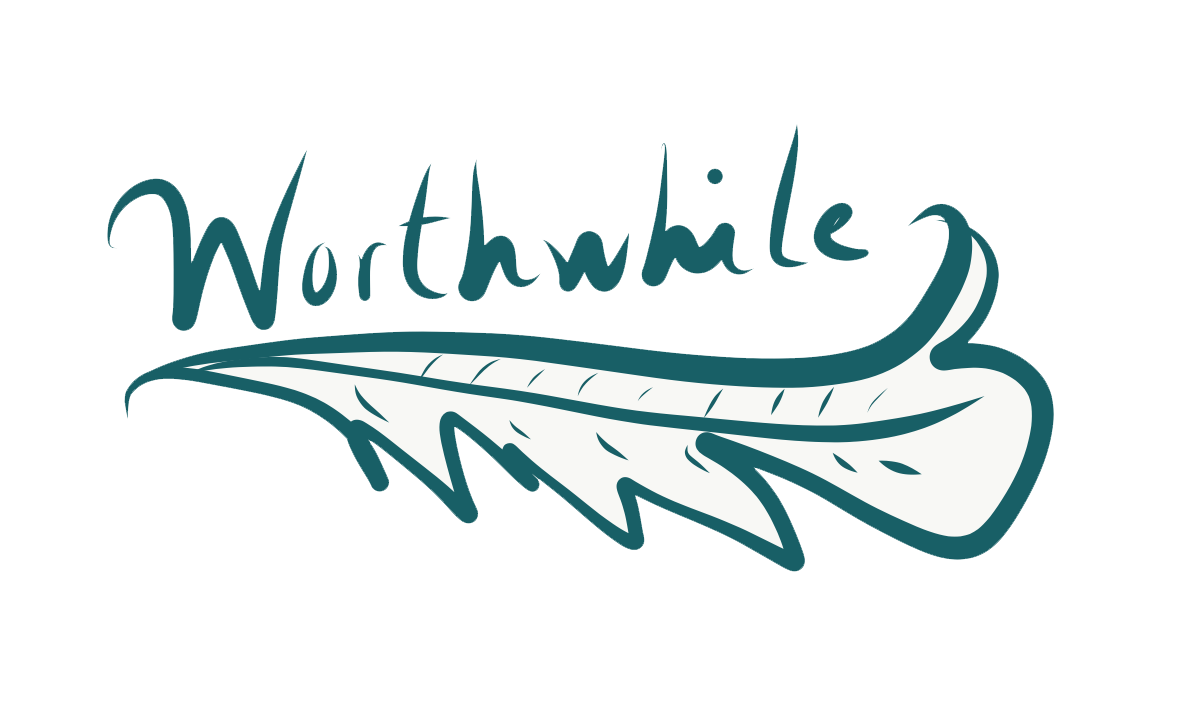Auctions & Lockdown: Part 3 – Implications & Outlooks for Rare Books, Prints & Photography
This article serves to examine the 2021 rare book and print auction data in order to describe how and why, in itself, this year has been extraordinary. In addition, the article examines why and how there are indicators of something equally impressive that was underway prior to the COVID Lockdown in terms of rare book and print auction markets. The data used in the article was gathered through the Rare Book Hub ‘Charts and Analysis' section.
In previous articles for Worthwhile (see links below), I described scenarios I was experiencing with fair/print catalogue-centric collector clients requesting upcoming offers at auction in the ‘Bi-Monthly Reviews’ that I create for them. What was interesting in these instances was that it did not take long for these auction-skeptic clients to acclimatize to the auction mechanism and benefit from its publicly available results. During this same period, we all witnessed the adoption of auction platforms by private dealers such as Donald Heald and Second Story Books, to name a few. A transition, as I explored in my Part 2 article [LINK], that has significant implications for a bookseller’s business model if they started as a brick-and-mortar, or click-and-mortar, operation. It also communicates a shift in collector/dealer relations in regards to deriving value.
With the commentary for the ‘Rare Book Hub Weekly’ from early September counting 700 auctions to be conducted and posted by December 30th, 2021, what will we likely witness with the close of 2021? Let’s step back and look at the numbers:
What is interesting about the above numbers? For starters, the increase of both the lots sold as well as sell-thru rates indicate strength on the supply side (lots offered) and interest on the demand side (STR). From 2013 to 2020 there was a 67% increase in lots sold, however, examining the STR over the same period reveals a 4.5% increase in average STR from 2013-2016 to 2017-2020.
Data analysis shows that every year since January of 2013 (nine years) on average, approximately 44% of lots sold at auction have sold in the first seven months of the calendar year. This means that on average 56% of lots sold at auction sell in the final five months of the year. Using the actual 2021 sales for the first seven months of 2021 (289,157 lots sold) and running the sum against eight years of “first seven months” data it is possible to project the likely total sales at auction for 2021 with a fair degree of accuracy:
Low 2021 Projection – 505,784 lots = 17% growth over 2020
High 2021 Projection – 561,469 lots = 30% growth over 2020
Likely 2021 result – 520,000 lots = 21% growth over 2020
To put 2021 in another light, lots sold at auction in the first six months of 2021 were approximately 86% of the eight (8) year historical average for total sales at auction in an entire year and two (May/June) of the seven data months (January-July) of 2021 had higher total sales at auction than the largest single month in each of the five prior years (2016-2020).
This clearly shows more offers and more activity. As a by-product, more publicly derived, comparable data concerning the value of material will be created. As mentioned, dealers have adapted to this market structure change by developing auction platforms or at least (and certainly not new) developing a dedicated ‘archive of sales’ page on their sites to establish a precedent for material offered and successfully sold. As mentioned in Part 2, buyer and seller opportunities will emerge through this transformation. What is certain is that ecosystems thrive and grow with the dissemination of high-quality market and pricing information from a myriad of sources.
There is a common lament within the Antiquarian Bookseller community that there are no longer any collectors. The data above as well as my own professional experience with clients runs contrary to this declaration. What there are fewer of are Collectors who rely on single sources to acquire material to build their collections.
This is not a call for the Trade to discount their inventory. The above analysis indicates net new participation in a market that, for the most part, lists its results and offers similar material with some frequency, which is better than nothing. With trusted information, (and more of it) those interested in starting to collect perceive less purchase risk and, as a result, start to engage in the market. An auction environment, at least, brings the process of value generation to the fore. More information leads to more value transparency. More transparency leads to fewer barriers, which will result in sustainable growth in collecting.
Previous articles on this topic by Spencer W. Stuart for Worthwhile Magazine
Part 1 – For the Collector
Part 2 – Antiquarian Booksellers in the Online Auction Era
About Spencer W. Stuart
Spencer W. Stuart provides advisory services to private collectors as well as institutions aiding in the design and execution of collection development, management, and deaccession strategies.
In concert with his advising, Spencer is an active writer and lecturer on histories of the printed word for a variety of publications including The Book Collector and Amphora as well as with the Canadian Broadcasting Corporation.
He can be contacted directly through his site: http://spencerwstuart.ca/services/
© Spencer W. Stuart 2021



